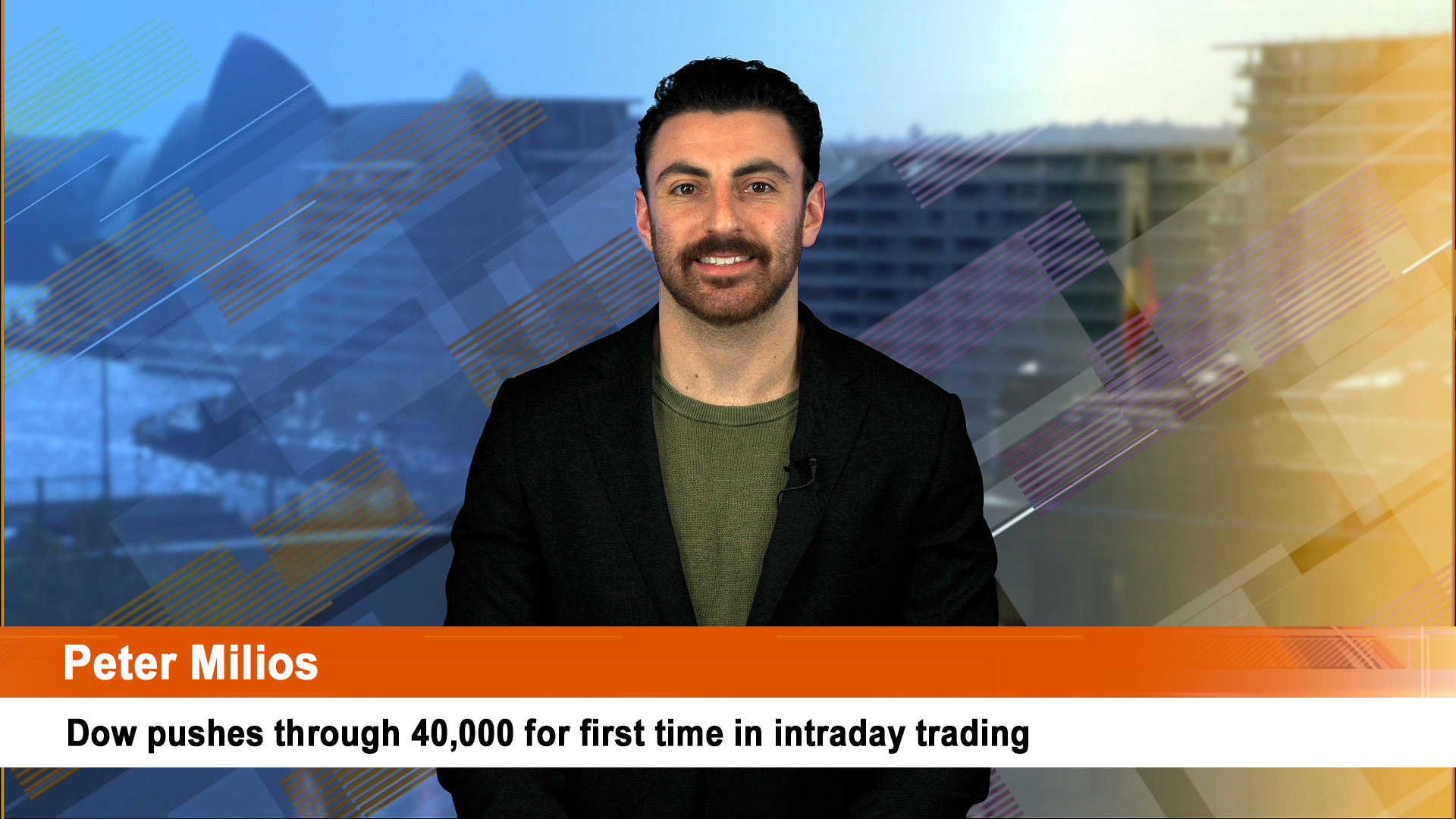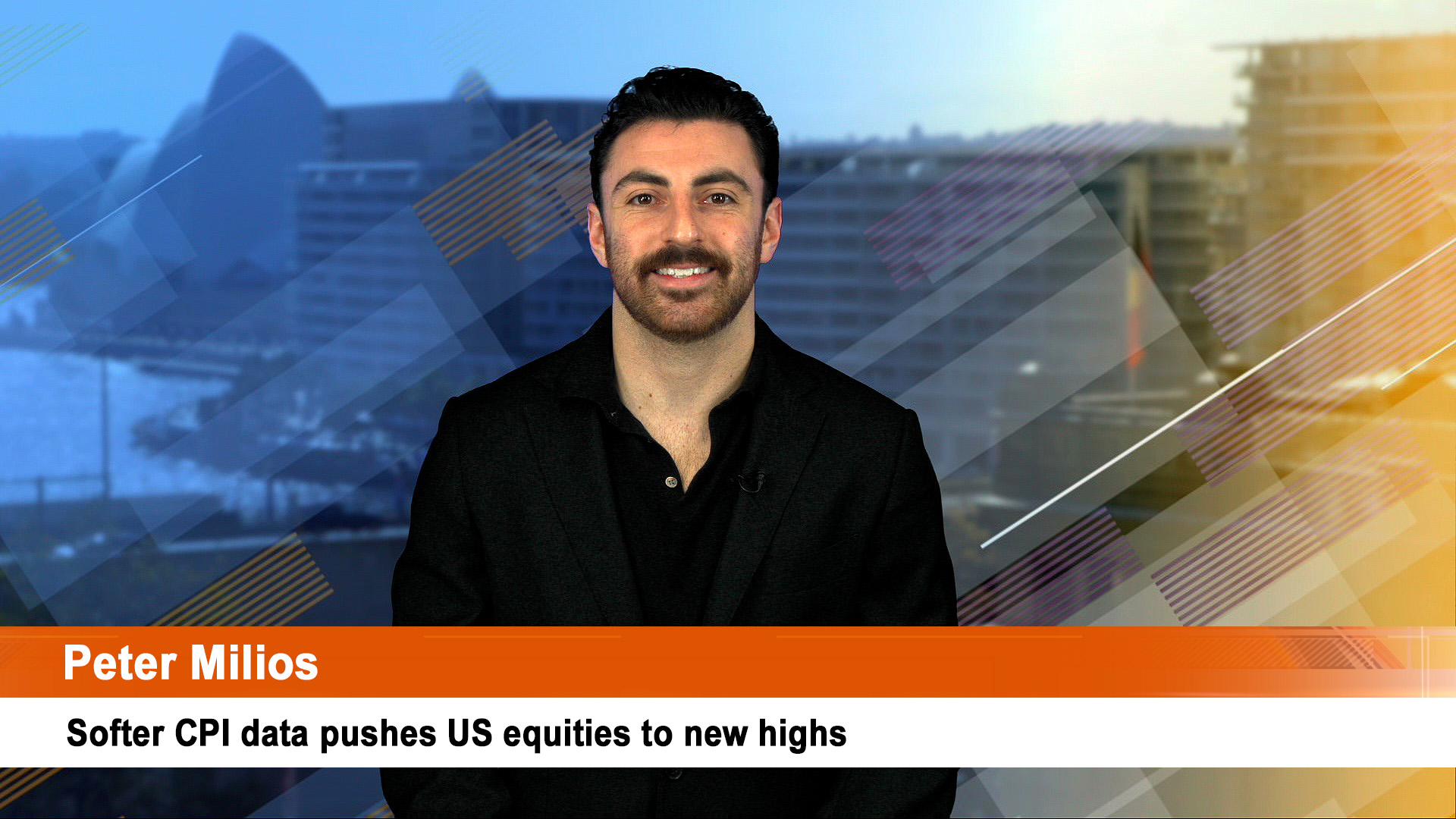A frantic week ahead for markets, investors and governments coming to terms with rate rises, a contracting Chinese economy and manufacturing and services survey releases for April to provide an update on the health of the global economy as well as the continuing Russian invasion of Ukraine and a looming European move to cut Russian energy out of their economies.
The Fed and the Bank of England both meet and will raise rates – the Fed by 0.50%. The Reserve Bank of Australia will also tighten policy – either by a rate rise or by a very implicit statement that rates will rise from June onwards and through the rest of the year, thus emulating the way the Fed’s pathway.
At the end of the week April’s US labour market report will be released on Friday and after the surprise slide into a contraction in the first estimate of March quarter GDP, economists are now wondering if the jobs market might now be getting tired.
Earnings reports continue around the globe with a couple of thousand reports, especially in the US, Europe, Japan and the UK. In Australia there’s report from a trio of big banks – the NAB, ANZ and Macquarie and several important annual meetings (See separate story).
The big news makers though will be the US Fed and its post meeting statement after its two meeting end on Wednesday, the Bank of England on Thursday and our Reserve Bank on Tuesday and Governor Philip Lowe’s post meeting statement.
Even though the RBA’s decision will be watched closely, it’s the Fed that holds the key to market direction, confidence and support.
The market expects a Fed rate rise of half a per cent and a well-defined path for future increases from chair, Jay Powell’s post meeting media conference early Thursday morning, Sydney time.
That could very well settle nerves and see share prices turn higher.
After all the first rate rise from the Fed in March saw the S&P 500 rose 8% in the two weeks after that decision.
But it then ran into rising inflation, a suddenly more hawkish Fed, the worsening in the health of the Chinese economy and some weak March quarter results from the like of Netflix and Amazon and the great Twitter kerfuffle involving Tesla’s Elon Musk which ended up knocking the market sideways last Tuesday.
The Bank of England rate rise – probably 0.255 to 1% thanks to with inflation of 7% – will be immaterial in Australia – the Fed is the big decision because it will clear the way for a defined series of tightenings for markets to hang on to.
There are also some important data releases for the US this week as well as those quarterly results, but the most important economic news will be the April employment, wages and jobless reports on Friday. Economists are looking for another 400,000 new jobs for the month and perhaps some revisions of previous months.
Some economists though wonder if the data will be weaker than forecast after a couple of strong months and perhaps show a slowing in the pace of activity in employment.
In Australia, the RBA is expected to raise the cash rate for the first time since November 2010 on Tuesday and the AMP’s chief economist Dr Shane Oliver says the rise will “probably by 0.4% although … it’s a close call as to whether it will be just by 0.15%.”
“The latest surge in inflation means that its too high for comfort and while its primarily being driven by supply constraints (due to the pandemic, war and floods) not responding quickly risks seeing inflation expectations rise which will make it harder to get inflation back down again.
“Acting with resolve to keep inflation down trumps the desire to wait for wages data due on in mid-May or till after the (Federal) election, Dr Oliver wrote in his weekend note.
Dr Oliver expects the RBA to revise down its unemployment rate forecasts (to 3.75% by June) and revise up its inflation and wages forecasts, and its post meeting statement and quarterly Statement on Monetary Policy (out on Friday) are expected to be hawkish consistent with further rate hikes ahead.
“It may also announce the start of quantitative tightening by letting its bond holding run down as bonds mature, albeit that’s not going to have much impact in the near term as only 5% or so of its bond portfolio will mature out to end next year,” he said.
On the data front in Australia, Dr Oliver says CoreLogic house price data for April (today) is expected to show another 0.3% gain in home prices but with prices falling again in Sydney and Melbourne, housing finance for March is expected to fall by 1% but retail sales are expected to rise by 0.8% with March quarter real retail sales up by 1.5% (all Wednesday) and building approvals are likely to fall 15% after jumping 43.5% in February with the trade surplus rising to around $8.5 billion (both due Thursday).
Today and tomorrow also sees the release of the activity surveys for manufacturing (and in some cases services) across a number of major economies, including Japan, Australia, the UK, parts of Europe and the US.
China’s two surveys released on Saturday showed the steepest fall for more than two years with activity in both manufacturing and services back to levels last seen in February, 2022, thanks to the Covid control measures in Shanghai, Beijing and dozens of other cities, tows and provinces.
As well as the start of month surveys of manufacturing activity, a key meeting will be the Opec+ group meeting due Thursday – will it add another cut to those already made to its global oil production cap, or will it ease off and wait to see how China’s slowdown impact’s demand?













